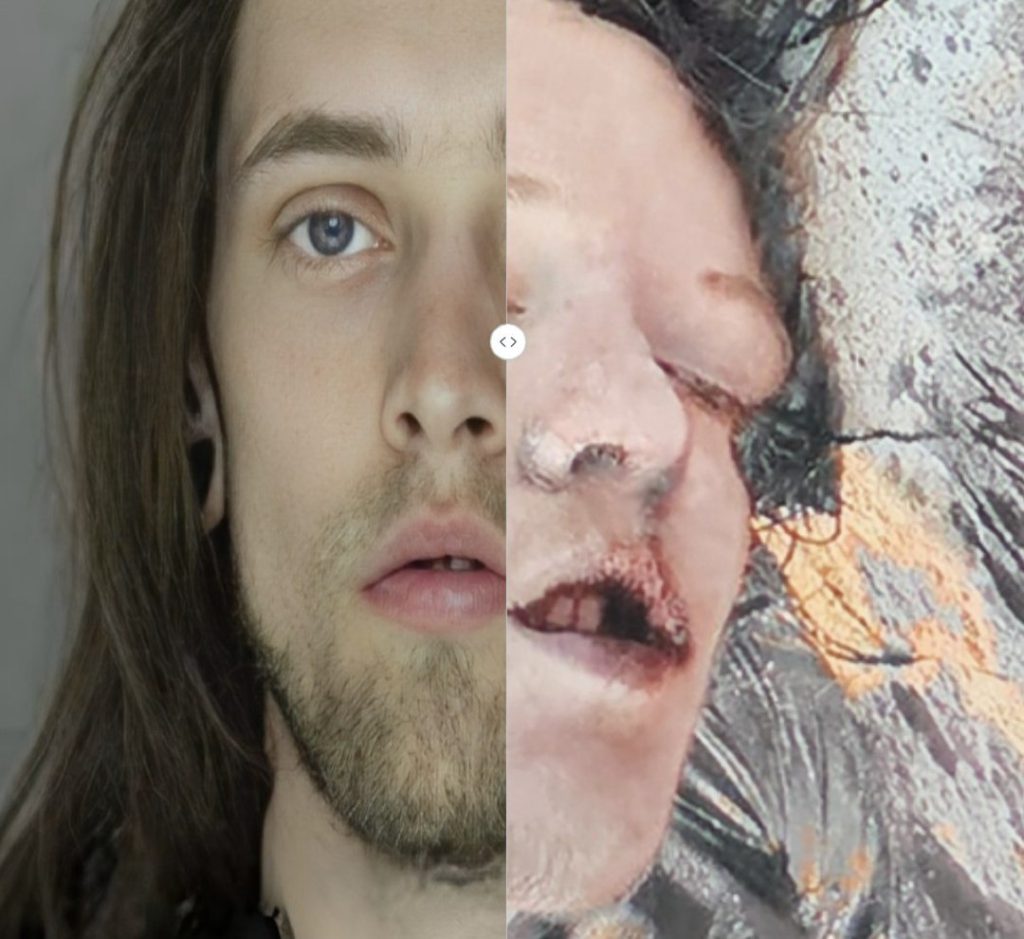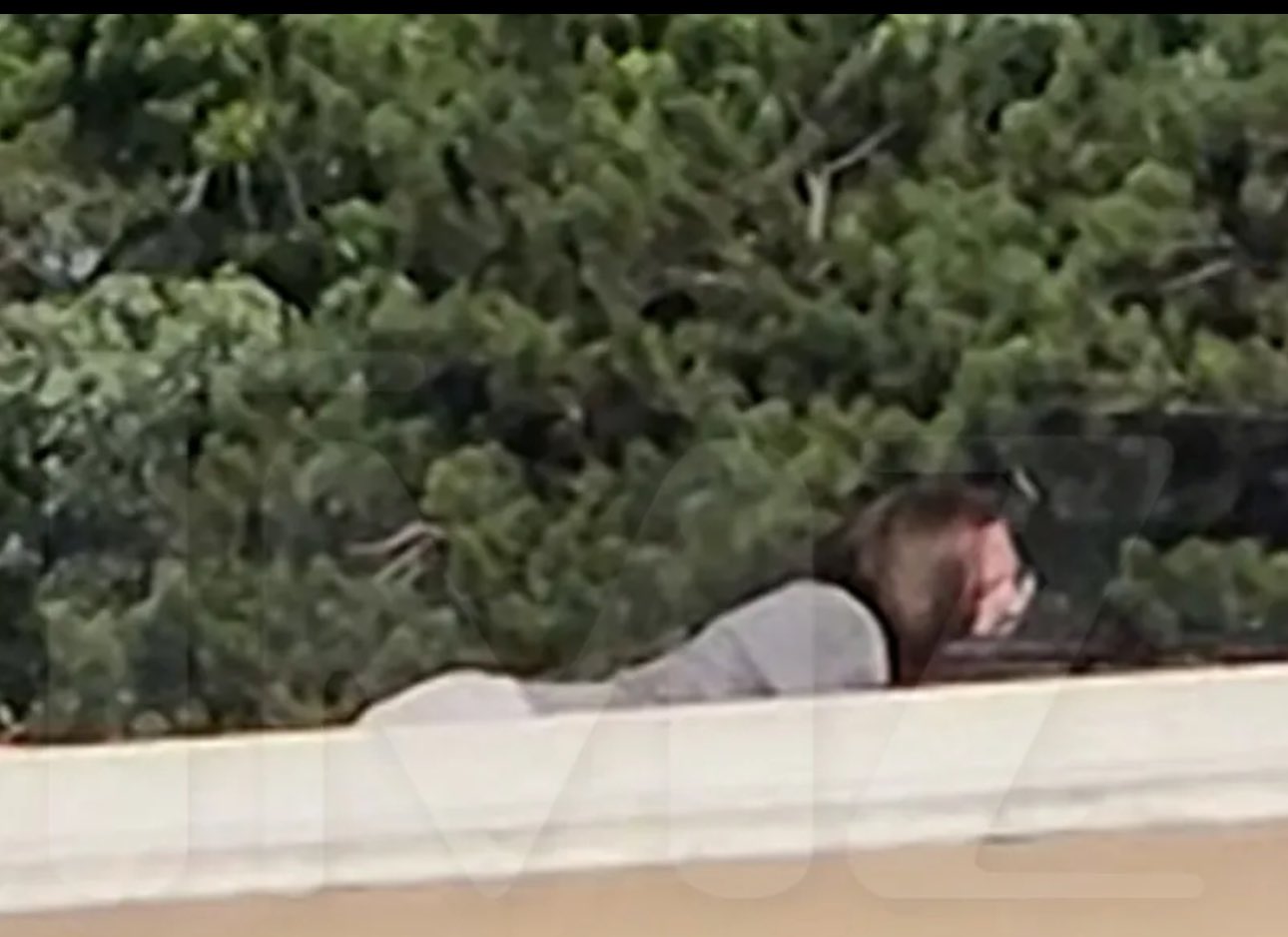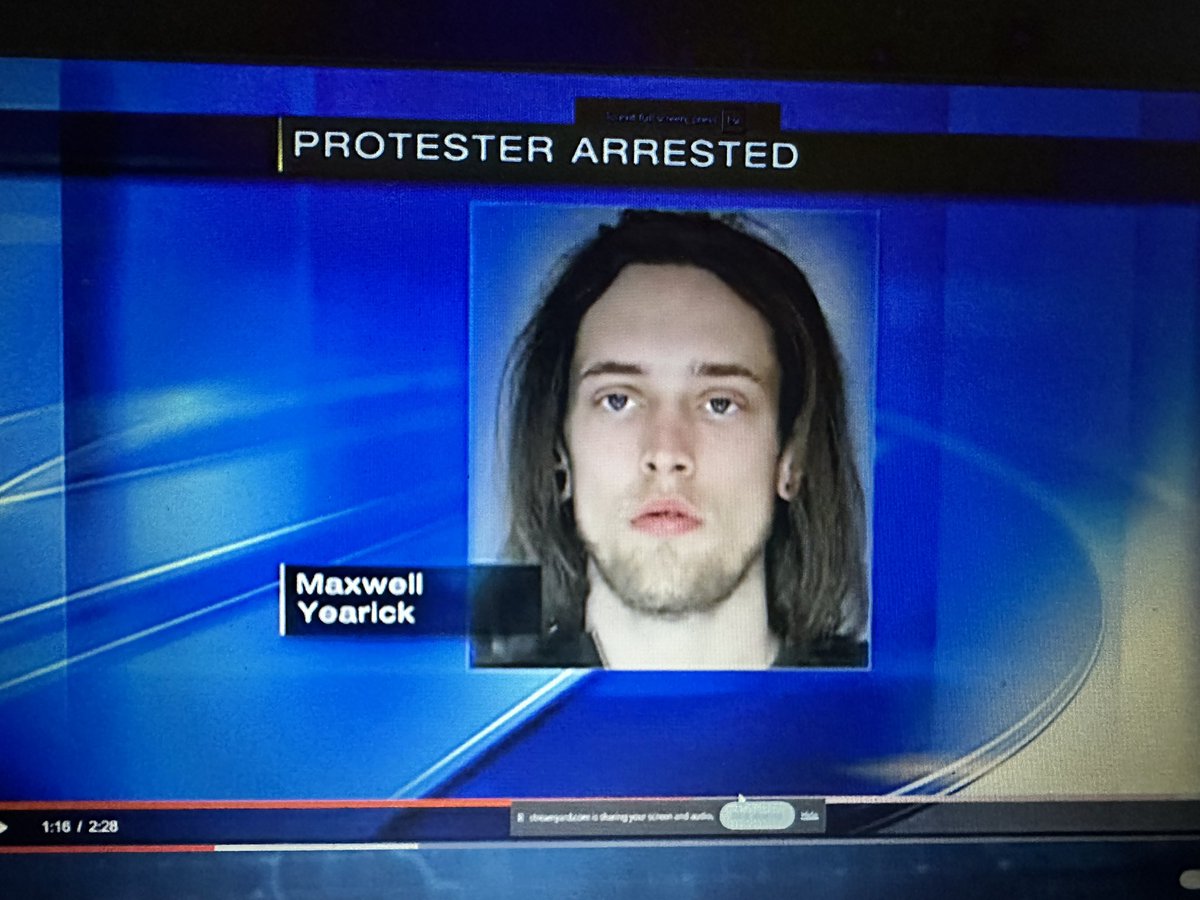Is it possible that a man, once entangled in the crosshairs of political protest, now finds himself the subject of a twisted narrative, wrongly accused and disappeared? The disappearance of Maxwell Yearick, coupled with the dissemination of misinformation, paints a concerning picture of how quickly truth can be distorted in the digital age.
On Sunday, July 14th, the world began to turn for Maxwell Yearick. Reports surfaced that he had gone missing, his phone mysteriously going offline. His parents, understandably frantic, promptly filed a missing person report with the Federal Bureau of Investigation. Simultaneously, a disturbing trend emerged online: social media accounts belonging to Yearick, including his Facebook and Instagram profiles, had been scrubbed clean, a digital erasure adding another layer of mystery to his sudden absence.
The timing of Yearicks disappearance, coupled with the online activity, is particularly unnerving given his past involvement in a politically charged incident. In 2016, Yearick was arrested in Pittsburgh, Pennsylvania, during a protest against a visit by Donald Trump. The ensuing altercation with law enforcement resulted in charges, and he was later sentenced to prison. This past involvement, unfortunately, made him a target.
- Dear Daniel Hello Kittys Boyfriend History Facts More
- Unveiling The Story Of Jennifer Adamson Facts Tragedy
As speculation intensified, Yearicks name began to circulate in connection with the July 13th shooting in Butler, Pennsylvania. The digital rumor mill, fueled by unidentified sources and a thirst for sensationalism, falsely identified him as the perpetrator of an assassination attempt. However, authorities have been clear: there is no credible evidence linking Yearick to the incident. The Federal Bureau of Investigation, in an official statement on July 14th, named a different individual, Crooks, as the suspect.
The situation involving Yearick is further complicated by the actions of individuals with known connections to the political arena. Roger Stone, a former consultant for Donald Trump, contributed to the narrative by citing unnamed sources in his claims. This blurring of lines between fact and conjecture, as well as the deletion of online presence, creates a climate of distrust and uncertainty. This situation underscores the dangers of misinformation, particularly when amplified by individuals in positions of influence. It also raises questions about the potential motives behind the dissemination of false information. It suggests that some individuals may seek to exploit tragic events to advance their agendas or smear their political opponents.
The spread of such false information, and the subsequent implications, is a stark reminder of the need for media literacy and critical thinking. In a world saturated with data, it is essential to verify the information before disseminating it. Without this, it can perpetuate harmful narratives, damaging reputations, and, as in Yearicks case, potentially endangering lives. The swift and decisive responses from official sources, in this instance, help mitigate the impact of misinformation. But the incident remains a cautionary tale about the speed and ease with which false information can spread, especially in todays digital landscape.
It is important to note that charges of aggravated assault against Yearick, stemming from the 2016 incident in Pittsburgh, were ultimately withdrawn as part of a plea agreement. This detail, often omitted in the rush to judgment, provides context for the severity of the event and the justice outcome. The misidentification of Yearick as the shooter also highlights the importance of accurate reporting.
The story is not just about a missing person; it is also a story about the spread of misinformation, the potential for political manipulation, and the importance of verifying sources. Yearicks case stands as a reminder of the power of digital tools and how they can be misused. And it reinforces the need for vigilance in the fight against the weaponization of information in the online sphere.
Yearicks photo has been widely shared online. It depicts a man with long brown hair and ear piercings, a look that has been readily accessible, and it's being presented in an easily searchable manner. These images have, however, been used in misleading and inaccurate ways, to reinforce the false accusations against him.
The FBI's swift clarification, naming Crooks as the suspect, further solidified the fact that Yearick was not involved in the attempted assassination. This clarification highlights the importance of the investigation as a method of debunking harmful rumors and providing a definitive version of the event. These facts reinforce the critical need for thorough investigation and accurate information when dealing with sensitive matters, like this.
The deletion of Yearicks social media accounts is a particularly troubling aspect of the story. Whether this act was a deliberate attempt to obfuscate his digital trail or to remove potential evidence, it raises a number of questions about the circumstances surrounding his disappearance. The act of deleting his online accounts represents a calculated effort to erase his digital footprint.
The attention to the owner of the white van towed after the assassination attempt and their ties to Arizona only highlights the complex nature of investigations like these. This also indicates that the inquiry encompasses more than just the primary suspect.
The investigation into Maxwell Yearick's disappearance continues. Those with any information regarding his whereabouts or any details that could shed light on the circumstances should contact the appropriate authorities immediately. Transparency, combined with accountability, is crucial in addressing complex situations.
The media reports from 2016, detailing Yearicks involvement in the Pittsburgh clash, and his arrest with picture, provides concrete details of the past. It also enables readers and investigators alike to cross-reference these facts with the ongoing investigation into his disappearance.
The fact that there is a negative review for Maxwell Yearick in Pittsburgh, PA, and additional details like the personal, professional, and dating reviews for Maxwell, along with details of his character, add a personal dimension to the events. These details help humanize Yearick, making his disappearance all the more poignant. The information emphasizes the impact of the situation on all those affected.
The involvement of Kennon Hooper, in the 2016 incident is also relevant as it provides a fuller context of the events in Pittsburgh. This provides the backdrop for the ongoing narrative.
This ongoing narrative should be a lesson for all of us. It highlights how the spread of misinformation can have severe consequences. We all need to be aware of the potential for online manipulation and strive to remain critical thinkers.
| Category | Details |
|---|---|
| Full Name | Maxwell Yearick |
| Age (as of July 2024) | 30 |
| Residence | Perry South (as per reports) |
| Physical Description | Long brown hair, ear piercings (based on publicly available images) |
| Known For | Involvement in 2016 protest; subsequent arrest; misidentification in a recent shooting. |
| Incident (2016) | Clash between protesters and Trump supporters in Pittsburgh; arrest following an altercation with police. |
| Legal Proceedings (2016) | Pled guilty to simple assault and resisting arrest; charges of aggravated assault were withdrawn as part of a plea agreement. |
| Current Status (as of July 2024) | Missing; subject of an active missing person report filed with the FBI. |
| Online Presence | Facebook and Instagram accounts deleted; misinformation circulating. |
| Links to Other Incidents | Falsely linked to a shooting in Butler, Pennsylvania (July 13); authorities deny any connection. |
| Official Statement | The FBI named Crooks as the suspect in the attempted shooting. |
| Reference | Wikipedia (Example - For illustrative purposes) |
- Baddiehub Latest Trends Amp What You Need To Know Now
- Discover Julie Green Ministries Prophecies Faith Hope


